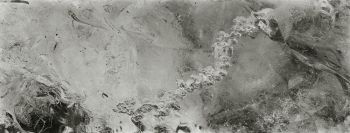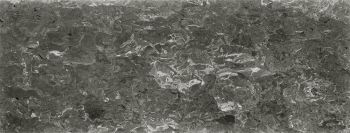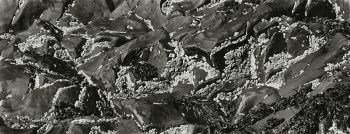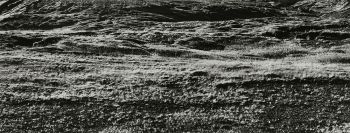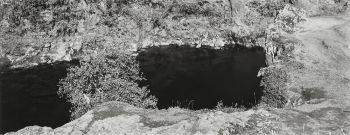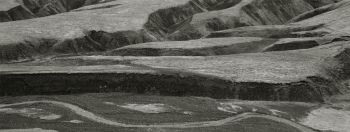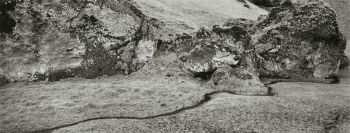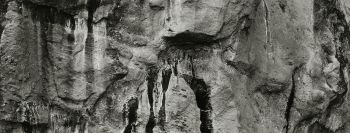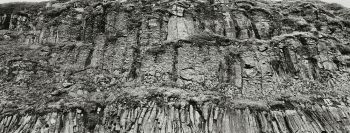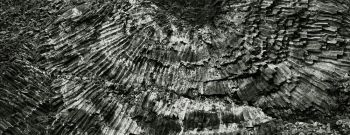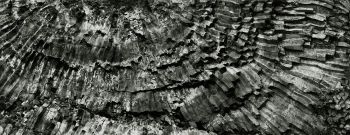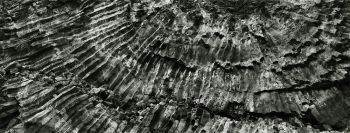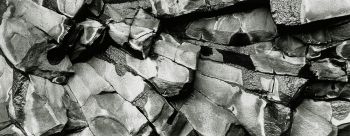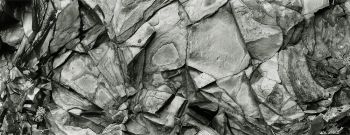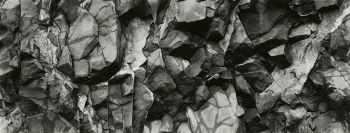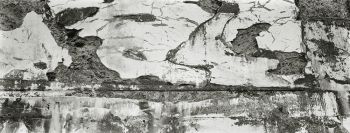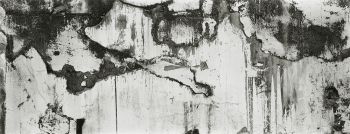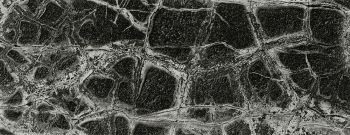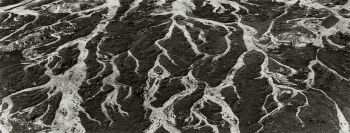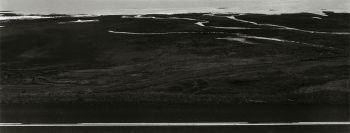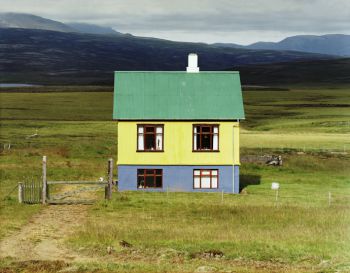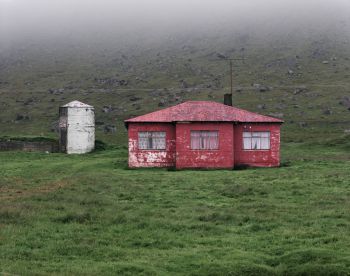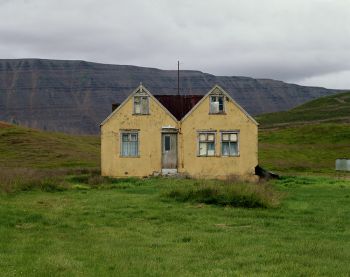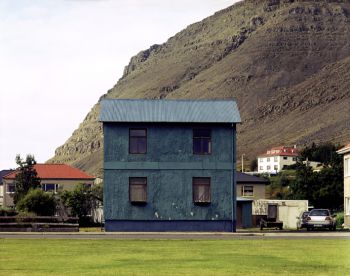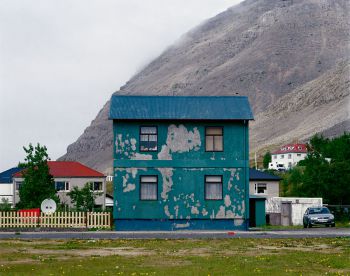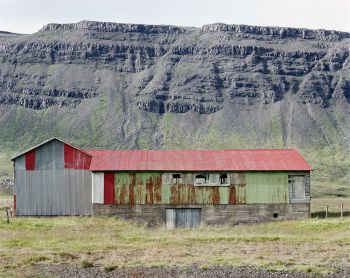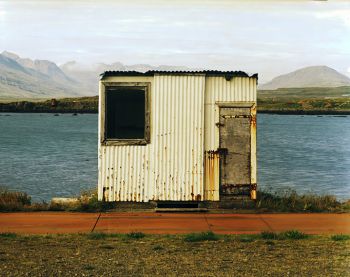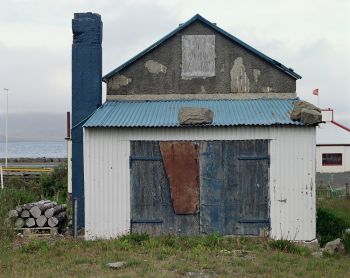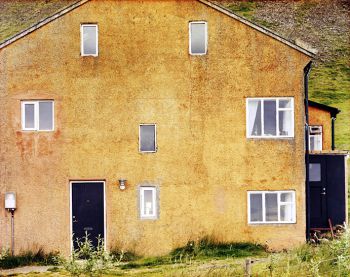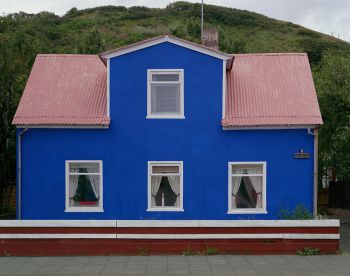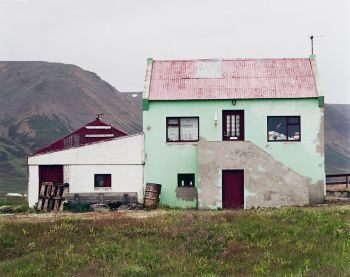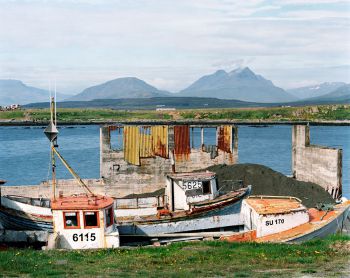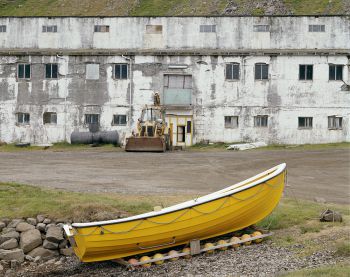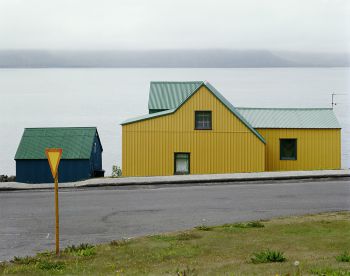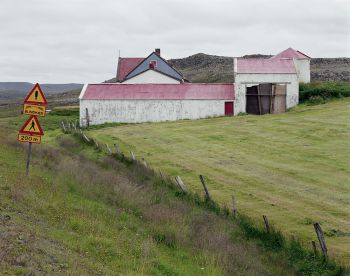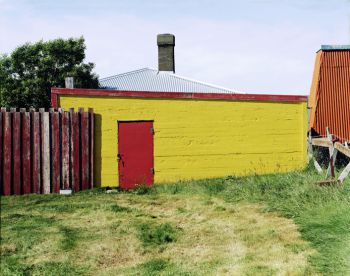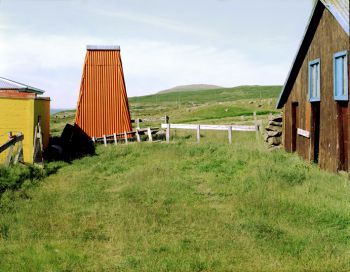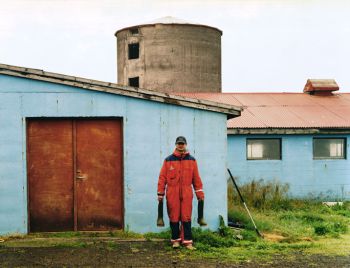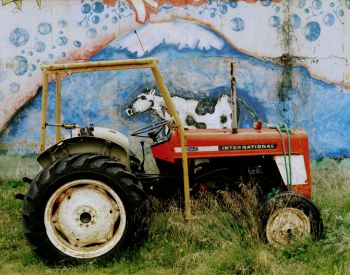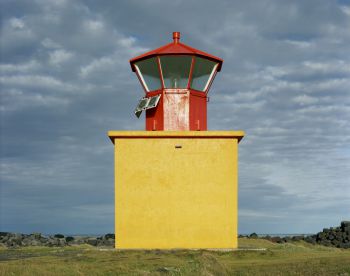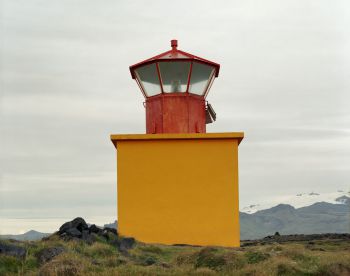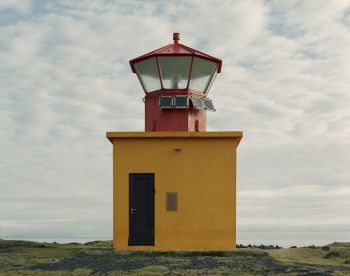Iceland: A Personal View, Volume II (2015)
Michael A. Smith
I recall thinking sometime in the mid-1960s, during my first year of photographing, that it would be good to photograph in a place where, to my knowledge, no one else was photographing. I recall thinking of photographing in Iceland—a place that was small enough so that I could travel and photograph throughout the entire country. But I had no money to travel to Iceland and, after a few days, thoughts of working there vanished from my consciousness.
In 1999, after Paula and I photographed in Tuscany and before we took our Land Rover to the port at Rotterdam for shipping back to the United States, we stopped off to see our good friend, the photographer Hans Bol, in the village of Ooij, which is in the Netherlands near Nijmegen. Hans introduced us to an amateur photographer who had made several trips to Iceland. This photographer showed us slides of the photographs he had made there and told us about his wonderful experiences in Iceland. His slides brought back to me the memory of my thoughts from years earlier of photographing in Iceland, and his stories sounded so good to Paula and me that we decided to travel to Iceland the following year with the amateur photographer as our guide. By this time, many photographers had photographed there, and so my idea of photographing where no one else was working no longer applied.
A few months later, we learned that the photographer had had a heart attack and his doctor now forbade him to go on such a strenuous trip. So we put off going to Iceland and, in 2000 and again in 2001, we returned to photograph in Tuscany. But we always kept in mind that we would like to photograph in Iceland.
Finally, in 2004, we were ready. We planned to teach a workshop in Iceland to help cover our expenses. After a frantic few weeks of packing the Land Rover and an accompanying SUV for our two assistants we were set to go. During our trips to Tuscany, we had learned that the container in which our vehicles would travel could be delivered to a spot close to our home in Ottsville, Pennsylvania. Thismeant that we could load the vehicles there and not have to load them at the port, where we would be required to use expensive union labor. Because the Land Rover, with a big storage box on top, is a relatively tall vehicle, we needed a hi-cube container. A truck would bring it out to us.
On June 30th we learned, a few days too late, that our vehicles needed to be at the port 72 hours before being loaded onto the ship. This would allow time for Customs to inspect the container if they chose to do so. Because of the July 4th weekend, we had only 48 "official" hours remaining—the ship was scheduled to sail on July 7th. On Thursday, July 1st, one day before the container was scheduled for loading, I went to Customs in Philadelphia and asked if they would permit the container to be loaded onto the ship even if it was a day late. I also asked that it not be x-rayed because the heavy-duty x-rays used for containers would ruin our rare and expensive sheet film. They replied, "You're late, and you want special treatment, too?" They said they might or might not permit the container to be loaded, but added, "Get your paperwork in here as early as possible tomorrow." They were not friendly.
We stayed up all night packing the old Land Rover and the SUV with our cameras, lenses, tripods, and film, as well as with our clothing, camping supplies, spare parts for the vehicles, and much more. We were hoping that things would go smoothly and we would get the container to the port early Friday morning.
The truck bringing the container to our loading site was due at 9:00 A.M. It arrived at 8:20—a good start. I proceeded to drive the Land Rover onto a roll-back which was then driven up to the container door. "Hold it," someone yelled, "it's not going to fit." We looked, and indeed the Rover would not fit. It was several inches higher than the opening. The shipping company had given the wrong container to the trucking company; it clearly was not a hi-cube—the size we had requested.
Panic ensued as our whole trip passed before our eyes. What to do? I quickly decided that our assistant, Richard Boutwell, and I would drive to the port while Paula located a towing service with a roll-back so that we could load both vehicles near the port. We asked the trucking company to take their truck to the port and exchange the container so that we could quickly load the vehicles into the proper one. They refused—it didn't fit their regulations (or mood). Richard and I began driving both vehicles to the port, hoping to locate another trucking company when we got there.
We were frantic. Now we would be starting over and, at best, would not get our paperwork to Customs until late in the day. It was questionable whether we would get our container onto the ship. If we missed this sailing, another ship wouldn't be departing for two more weeks. Disaster. We would miss conducting the photography workshop we had scheduled in Iceland—one we couldn't cancel since the participants had already bought their plane tickets and we had already bought our own plane tickets to coincide with the arrival of the container ship.
On our way to the port, I called our customs broker, who suggested we contact the steamship line immediately. I had the bright idea that, if the container could be on the ground, we could drive right into it and skip the use of a rollback, thereby saving precious time. I was informed that "no, the container must be on a chassis." Gloom. When I called the steamship line I learned that, amazingly, the routing of the ship had been changed and departure would be delayed. Since Monday, July 5th, was a holiday, we could deliver the truck to the port on the following day. We were saved. We would have our 72 hours after all. And since we had not finished packing and arranging the Rover to our satisfaction, the extra few days would give us the time needed to get it right. When I got home, Paula reminded me: "Things always happen for a reason." It took us both a full day to recover.
Shortly before the trip, I had some misgivings. The more we learned about Iceland, the more we realized that the weather there can be truly awful as well as spectacular—it can rain for a month straight and there are often high winds. For photographers like us who use view cameras, that combination can be deadly. Since it was costing almost twice as much to ship our vehicles to Iceland as it had cost to ship them to Continental Europe, and since Iceland was at that time perhaps the most expensive country in the world, would the trip be worth it? Happily, we were surprised. Iceland exceeded our expectations in every way. We loved this beautiful country—and the weather was just fine for most of our time there. Almost anywhere we looked, there were photographs to be made.
The people, generally, are friendly and very helpful, and almost all speak English. And it is the easiest country in which to travel that we have ever experienced—including the United States. There is virtually no traffic anywhere on the island except in Reykjavík, and even there we experienced nothing remotely like a traffic jam. We found campgrounds nearly everywhere we needed them, and even in relatively remote places most had hot showers (hot water is rather cheap on this island where there is an abundance of thermal energy). The air and water are the cleanest we have ever experienced. Iceland is the only country in the world where we would drink, and we did drink, the tap water. And one night in late August, when it finally got dark enough to be called "nighttime," we saw the Northern Lights shimmering and pulsating in the Northern sky—a highlight of the trip.
In all my years of photographing, I had had no interest in photographing in color. When asked why not, my standard response was, "The world is in color, and I don't have to do that." Black and white provides an immediate level of abstraction, and, although many of the photographs in this book are of relatively large spaces, they are all based on my sense of abstraction.
In 2004, the photographs I made in Iceland in black and white were primarily of the natural landscape. But I was continually struck by the bright colors of some of the houses and barns scattered throughout the countryside. And I resolved that, if we returned to Iceland (which we did in 2006 and again in 2010), I would not return without color film for my 8x10-inch view camera. The photographs in the last part of the book are some of my first photographs in color.
During our three summers in Iceland, we traveled throughout this small country, which is about the size of Kentucky. We wanted to see it all—from the South Coast, where a majority of my photographs were made, to the West Fjords and to the untouristed remote North, where the landscape is not as spectacular as it is in other places, but where the solitude of the large open spaces held a special appeal. My favorite place to make photographs was Jökulsárlón, the iceberg lagoon. On the start of each trip, we would spend a few days there before going elsewhere, and at the end of each trip, we would return for another few days. The ever-shifting icebergs in the lagoon made photographing at Jökulsárlón a fresh experience every day.
Although it can be cold, rainy, and windy much of the time in Iceland, we feel a special affinity for that spectacular country and find that we miss being there in a way that we do not miss being in other places. We now have good friends in Iceland and have returned several additional times just to visit. And although there are many places in the world we would like to photograph, maybe one of these years we will return to photograph in Iceland once again.
Purchase
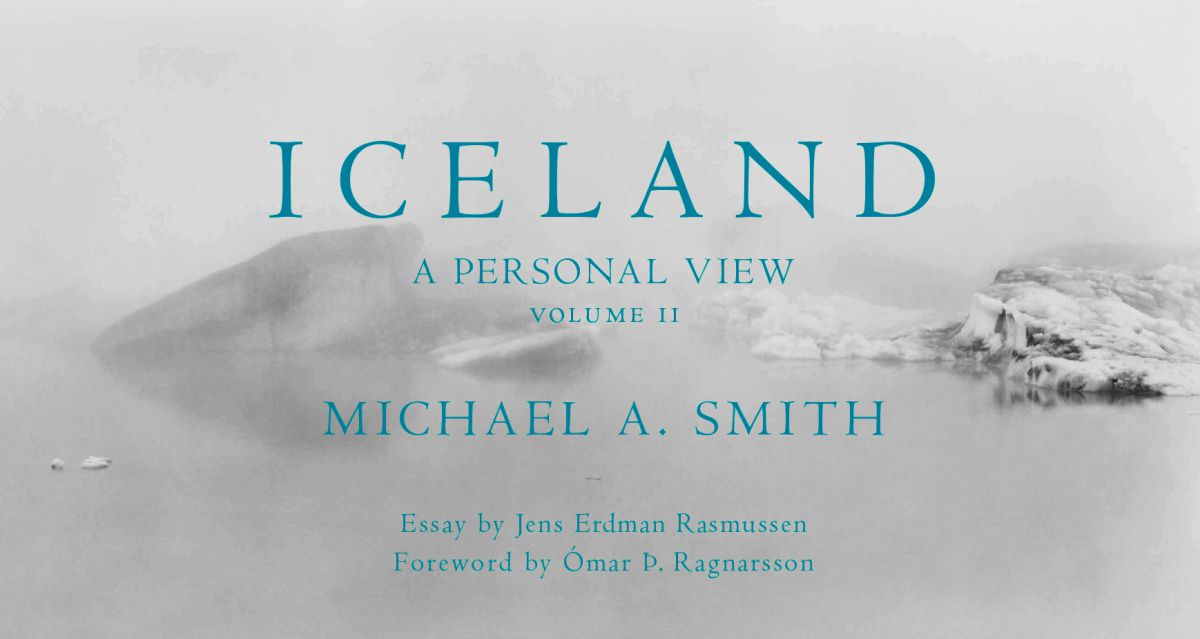
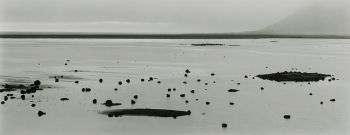
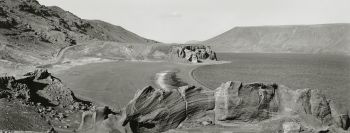
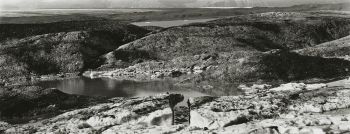
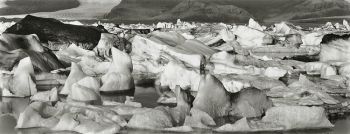
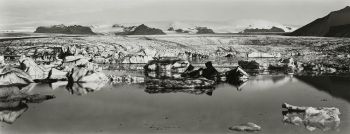
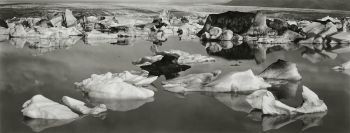
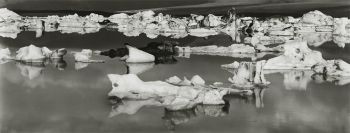
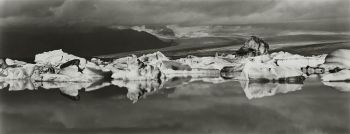
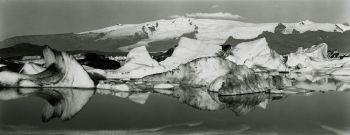
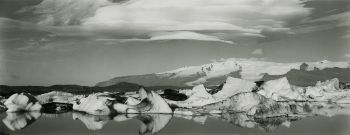
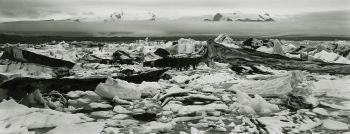
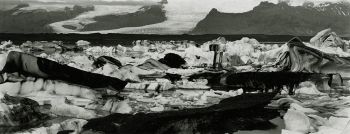
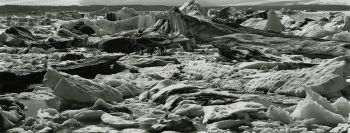
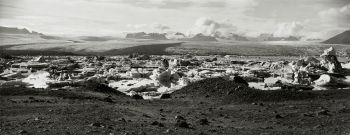
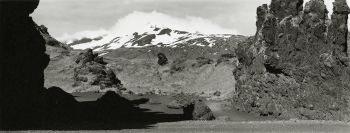
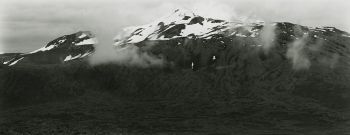
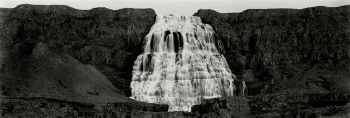


.jpg)
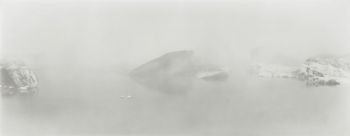
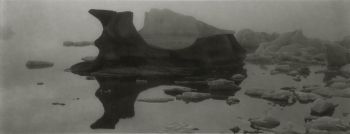
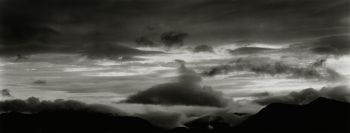
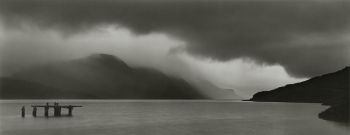
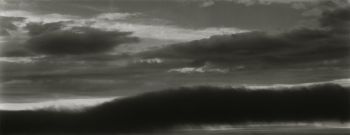

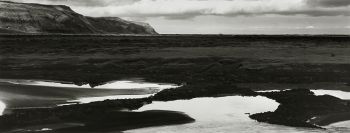
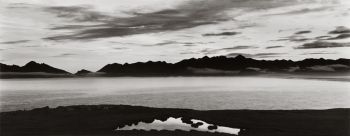
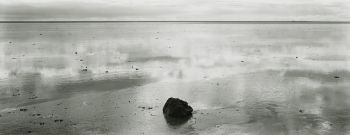
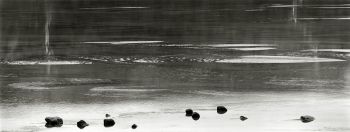
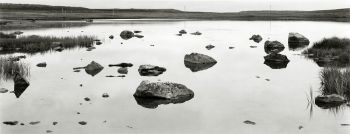
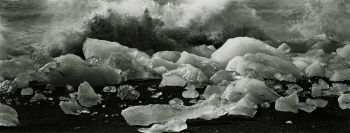
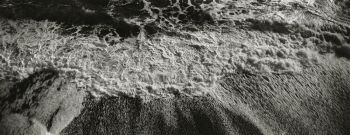
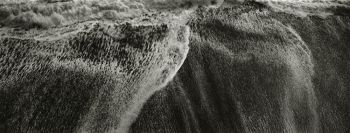
.jpg)
